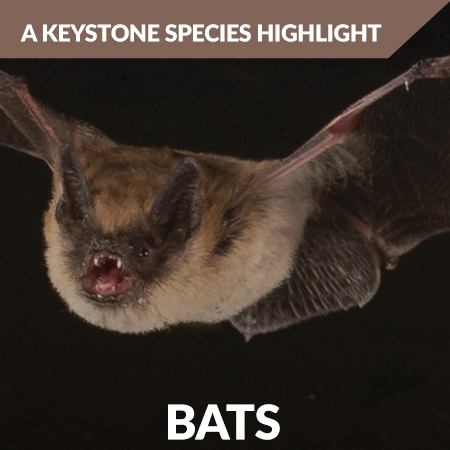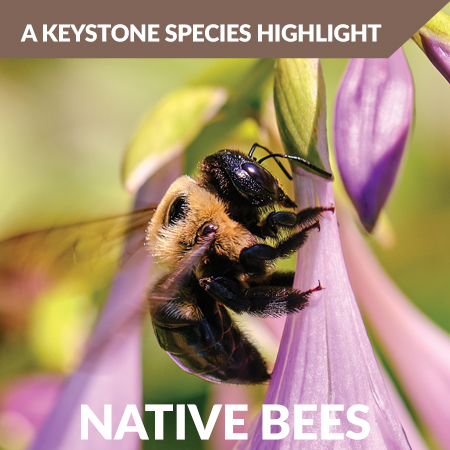
Native bees are essential pollinators
Native bees are unsung heroes of biodiversity, quietly sustaining ecosystems while doing the vast majority of pollination work. Unlike invasive honeybees (brought over from Europe), native bees are uniquely adapted to pollinate local plants, ensuring the survival of wildflowers, crops, and entire habitats. Their specialized pollination boosts plant diversity, supports wildlife, and enhances air and water quality. Safeguarding native bee populations is essential for maintaining thriving ecosystems and preserving nature’s delicate balance.
Safeguarding native bee populations is essential for maintaining thriving eosystems and preserving natures delicate balance. (LEARN MORE)
Prairie dogs are nature’s soil engineers
Prairie dogs are a keystone species that shape entire ecosystems with their burrowing
and social behaviors. Their underground tunnels aerate soil, improve water absorption, and create habitats for countless other species, from burrowing owls to insects. By grazing selectively, prairie dogs promote plant diversity, preventing overgrowth of invasive species and maintaining healthy grasslands. Despite their ecological importance, prairie dog populations have declined due to habitat destruction and misconceptions about their impact.
Protecting these small but mighty creatures is essential for preserving the balance and resilience of North America's prairies. (LEARN MORE)
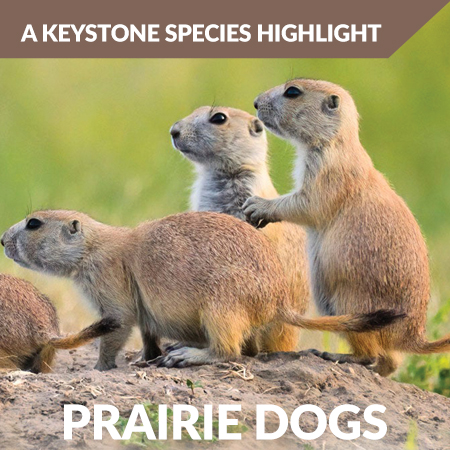
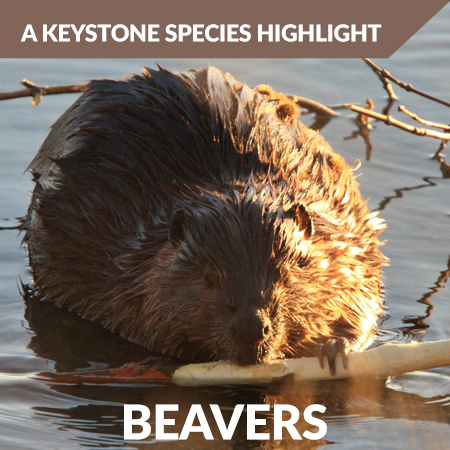
Beavers are nature’s master architects
Beavers play a vital role in maintaining healthy ecosystems, creating wetlands that support countless species, improve water quality, and help increase water storage in a land area.
By protecting beavers and their natural environments, we safeguard biodiversity, store water, and enhance climate resilience. Join us in advocating for conservation efforts that ensure these remarkable animals continue shaping our landscapes for generations to come!
Mountain lions are the protectors of ecological balance
Mountain lions (also known as cougars or pumas) are apex predators and keystone species that help regulate prey populations and maintain healthy ecosystems. By controlling deer and elk numbers, they prevent overgrazing, which protects native vegetation, reduces erosion, and supports biodiversity across Colorado’s landscapes.
Their presence creates a ripple effect—benefiting everything from songbirds to soil health. In addition to habitat loss and land fragmentation, mountain lions face relentless persecution due to human fear-based management and trophy hunting. (LEARN MORE)
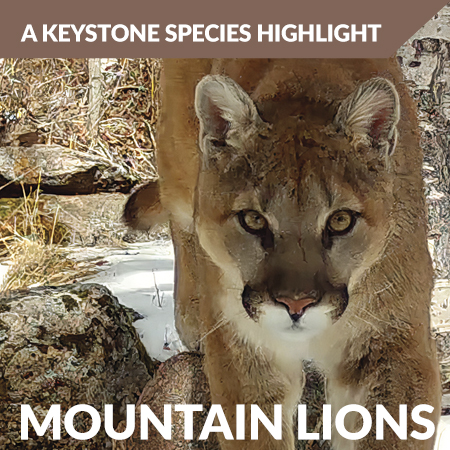
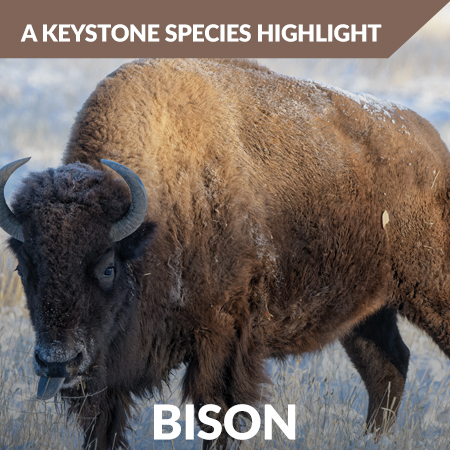
Bison are guardians of the grasslands
Bison are more than just iconic symbols of the American West—they are keystone species that shape entire ecosystems. Their grazing patterns promote plant diversity, their movement aerates soil, and their presence supports countless other species. By restoring bison populations, we help rejuvenate prairies, improve water retention, and strengthen biodiversity.
Protecting these magnificent animals ensures a healthier, more resilient environment for future generations. (LEARN MORE)
Hummingbirds hold ecosystems together
Hummingbirds may weigh less than a nickel, but their ecological heft across Colorado’s
diverse habitats is immense. These winged wonders stitch together fragmented
ecosystems. The plants they support stabilize erosion-prone soils, provide nectar for
bees and butterflies, and produce fruits and seeds that nourish birds, mammals, and
even humans. Their pollination fuels regenerative cycles in post-fire landscapes, alpine
tundra, and high-desert grasslands alike. (LEARN MORE)
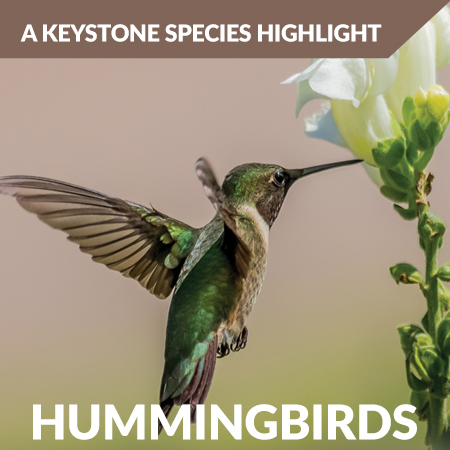
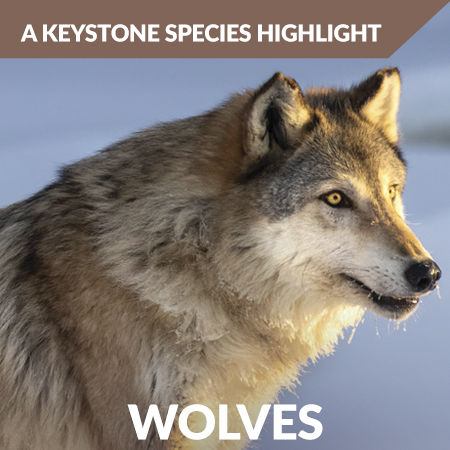
Wolves are the catalysts that restore entire landscapes
Wolves are apex predators and keystone species that play a vital role in maintaining
healthy ecosystems. By regulating elk and deer populations, they prevent overgrazing,
allowing native plants, trees, and rivers to recover. This benefits everything from songbirds and beavers to soil health and water quality.
Their return to Colorado is not just symbolic—it’s ecological restoration in action. (LEARN MORE)
Bats are the silent stewards of our ecosystem
They may fly under the radar—but their ecological impact is anything but subtle. Bats are natural pest regulators, consuming thousands of insects each night, including beetles, moths, and disease-carrying mosquitoes. This silent service reduces crop damage and
lowers the need for chemical pesticides, making bats unexpected allies of both farmers and ecosystems. Certain species, like the hoary bat, also contribute to seed dispersal and
pollination, quietly sustaining plant diversity in Colorado’s forests and grasslands.
Their presence keeps food webs balanced and landscapes resilient, yet they’re often overlooked or misunderstood. In truth, bats aren’t just part of the ecosystem—they help hold it together.(LEARN MORE)
